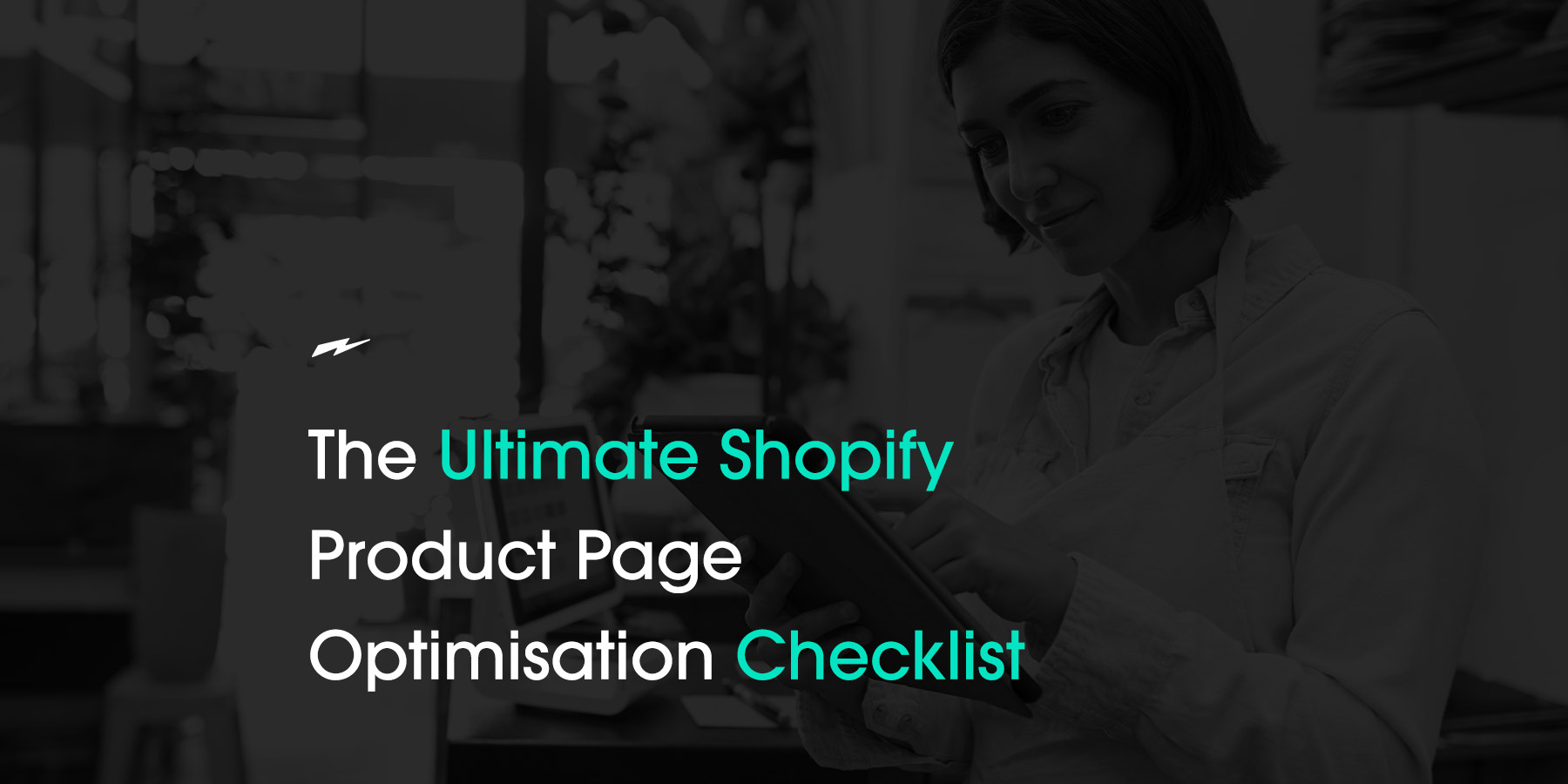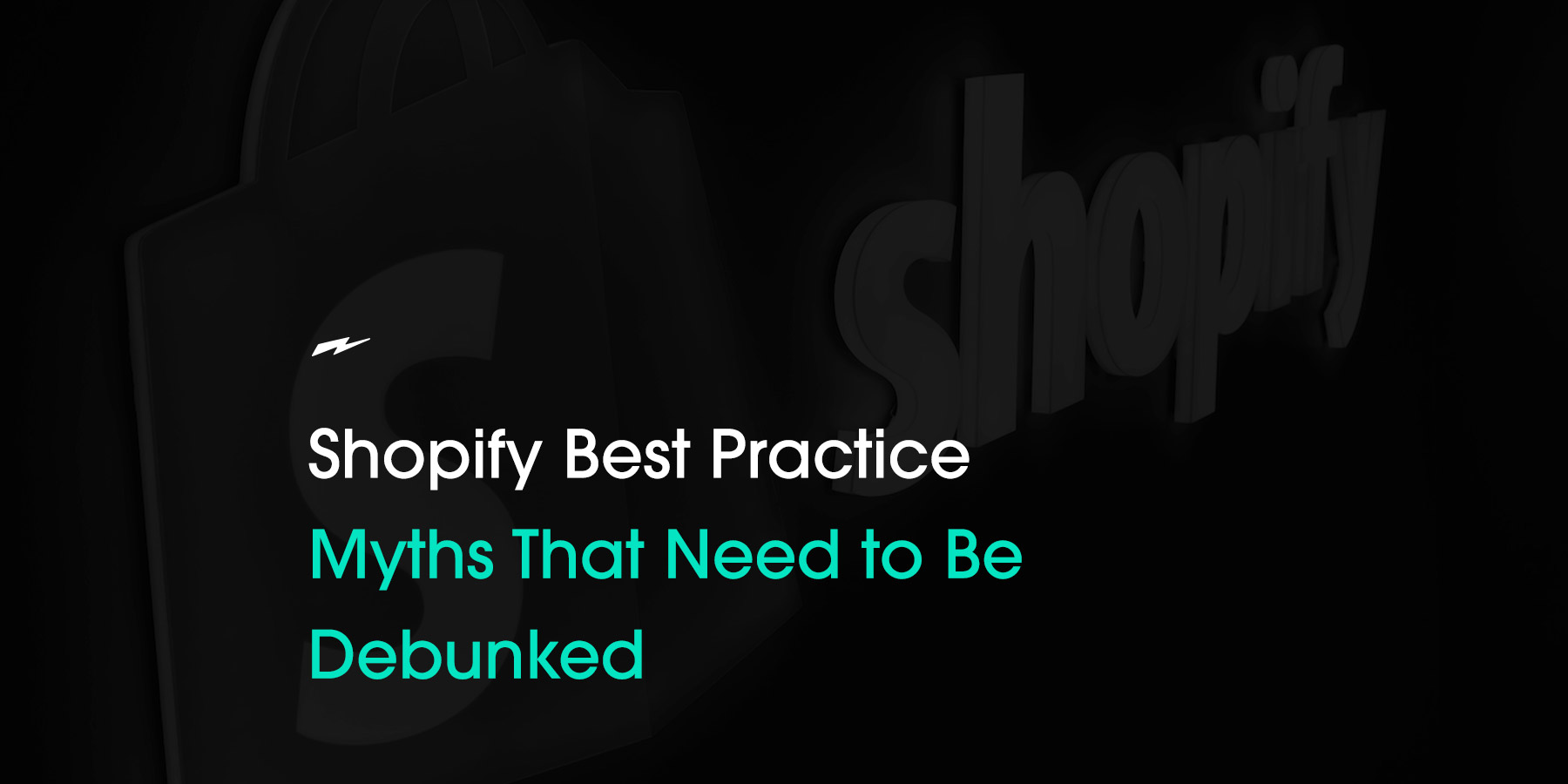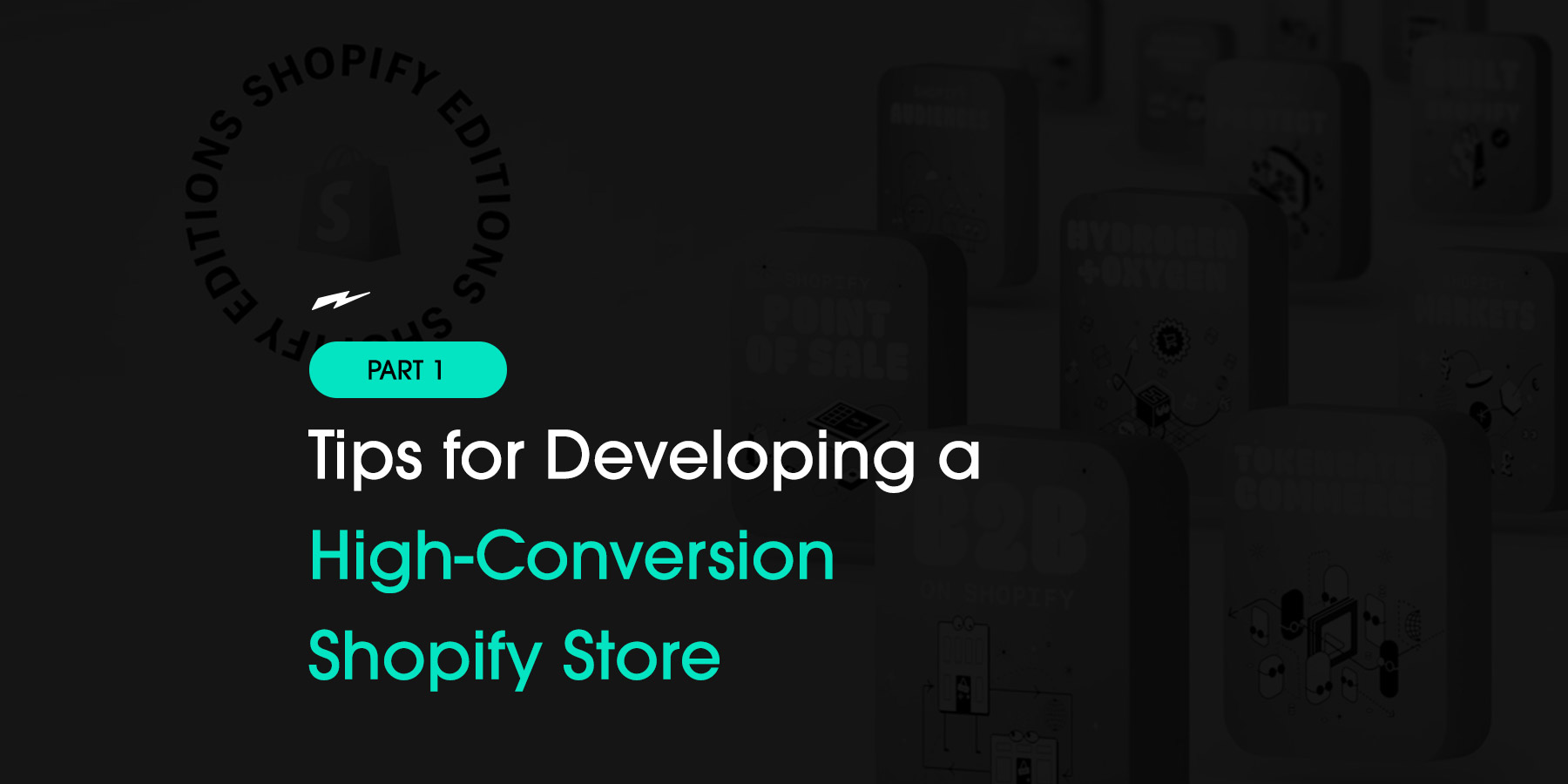1. Optimise your product descriptions
The product description is one of the most important elements of your product page. This is where you have the opportunity to brag about your product and its benefits, unique features, and design.
When writing your product description, keep it clear and concise. Highlight the key benefits of your product, how it solves a particular problem, how it makes life easier or better, and how it will fit into your customer’s life. Use engaging, persuasive language and make sure to focus on the benefits, not just the features.
2. Improve your product photography
Shopping online means your customers can’t hold the product in their hand before they buy, so your product photography has to feel detailed, compelling, and realistic.
When assembling your product image carousel, be sure to combine straight-on shots of the product, different angles, close-ups, the product in-use, lifestyle shots, and clean ecommerce shots. The more variety and detail, the better!
3. Integrate video into your product page
Videos are an invaluable addition to any ecommerce product page. Show your product in motion, in action, being worn, solving problems, up close and personal.
Consider using product videos to demonstrate the features of your products, show them in use, or provide video-based customer testimonials. Using a mix of static and dynamic media (images/text vs. audio/video) can really boost your conversion rate.
4. Your Shopify Website should feature authentic customer reviews
Reviews are a crucial and powerful tool when it comes to selling your products and increasing customer trust in your brand! Make space on your product pages for customer reviews. Highlight your favourites and display as many as you can.
Supercharge your reviews by encouraging your customers to include a photo of them using your product so potential-customers can see it in use!
5. Supercharge your CTAs
Your product pages should have clear, prominent calls-to-action (CTAs) that encourage customers to take action, such as “Buy Now” or “Add to Cart.”
Make sure your CTAs are visible, easy to find, and prominently displayed. Be sure to also consider the language of your CTAs—i.e. Don’t use “Add to Cart” on any button that isn’t directly adding the item to your cart.
6. Create a little FOMO
FOMO = Fear of Missing Out. Leverage this innate human feeling of FOMO buy using scarcity tactics like “Limited Time Offer” or “Only X left in stock”. These tactics create a sense of urgency and encourage customers to take action NOW!
Some examples of scarcity tactics are:
- Limited time only offers
- Only X left in stock
- Coupon codes only valid for X hours/days
- Timers/countdowns to a sale’s end date
- Plugin apps that tell you “X amount of people looked at this product today!”
Make sure to use these tactics sparingly and only when it makes sense for your products and business—overuse of these tactics can feel heavy-handed, stressful, and become ineffective.
7. Create bundles, packages, and bulk discounts
One of the biggest objections customers have when considering investing money online is the perception of value. Am I getting enough bang for my buck here? A great way to help overcome this objection is bundles and packages!
Consider that a customer is browsing your website eyeing off a necklace. They’re not too sure, but they scroll down and see a bundle offer—add a matching ring and bracelet. Score!
Not only will you ultimately increase the value of a single customer’s order, but your customer will feel like they are receiving more value for money.
8. Be transparent about shipping & returns
Including clearly defined shipping and return info on your product page can help set expectations and build trust in your brand. Make sure to clearly communicate shipping times, costs, and any restrictions. Include information about your return policy, such as how customers can initiate a return and what conditions must be met.
Plus, if you offer free shipping, sing it from the rooftops! A study found that 88% of customers would be more likely to shop at a store that offers free shipping.
9. Design it mobile-first
With over 55-60% of people opting to shop on their mobile devices, making your website and product page mobile-friendly is more important than ever!
Make sure your product page is optimised for small screens, with clear and easy-to-read text and images that display correctly on all devices. Use responsive design techniques to ensure your product page looks great and functions correctly on all devices, including mobile, desktop, tablets, etc.
10. Employ FAQs to overcome customer objections
When your customer scrolls your product page, chances are they are forming a few questions and objections to buying. How do we address these queries and concerns? FAQs!
By including a FAQ section on your product page, you can address common objections, such as shipping times, return policies, and product specifications, to help build trust and increase confidence in your products. Make sure your FAQs are clear, concise, and easy to understand, and include links to relevant information, such as shipping and return policies.
Bonus: You can save time on customer service by answering your most commonly asked questions in your FAQ section!
Conclusion
Whether you’re new to having a Shopify website or a seasoned pro, we can take as much or as little off your hands as you like, so you can focus on what you do best: Running your business. We’re a digital marketing agency based in Perth with a kick-ass team of Shopify experts. Speak with Lethal Digital today and let’s start taking your online business to the next level using Shopify!





